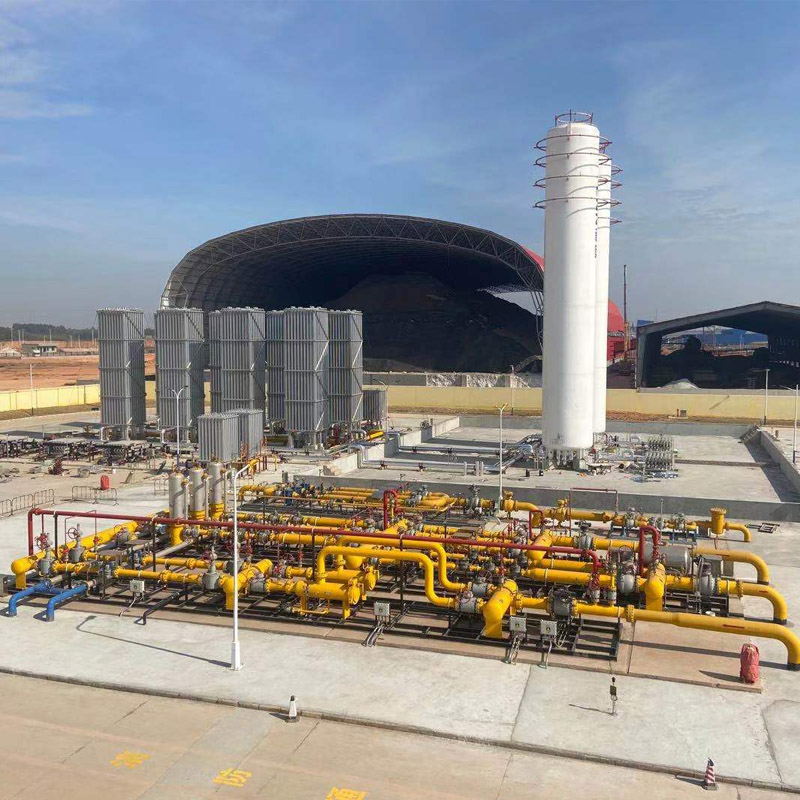
Aug . 12, 2024 20:06
Back to list
Understanding the Functionality and Benefits of Electric Auxiliary Heaters in Modern Heating Systems
The Role of Electric Auxiliary Heaters in Modern Heating Systems
In recent years, the demand for efficient and reliable heating systems has soared, especially in regions with extreme climate variations. Among the myriad solutions available, electric auxiliary heaters have emerged as a crucial component in ensuring optimal comfort during colder months. This article delves into the operational significance, advantages, and applications of electric auxiliary heaters in contemporary heating solutions.
Electric auxiliary heaters serve as supplementary heating units designed to enhance the heating efficiency of primary heating systems, such as heat pumps and furnaces. Heat pumps, while significantly energy-efficient during milder temperatures, often struggle to provide adequate warmth when the temperature drops significantly—typically below 30°F (-1°C). In such scenarios, electric auxiliary heaters kick in to deliver the necessary additional heat, ensuring that indoor environments remain comfortable and cozy.
One of the foremost advantages of electric auxiliary heaters is their ability to respond rapidly to heating demands. Unlike traditional heating systems that may require time to ramp up, electric heaters can deliver heat almost instantaneously. This rapid response is particularly beneficial in climates that experience sudden temperature fluctuations, where comfort can be compromised without efficient auxiliary support. The result is a seamless transition in heating, promoting an uninterrupted indoor climate.
Energy efficiency is another compelling aspect of electric auxiliary heaters. They often operate using electricity, which can be more sustainable, especially when powered by renewable sources such as solar or wind energy. This reduces reliance on fossil fuels, subsequently contributing to lower carbon footprints. Moreover, electric auxiliary heaters are typically designed with advanced technology to optimize energy usage, ensuring that they provide the required heat while minimizing consumption.
electric auxiliary heater

The versatility of electric auxiliary heaters is another reason for their increasing popularity. They can be integrated into various heating systems, including residential and commercial properties. Many modern smart homes use electric auxiliary heaters that can be controlled remotely via smartphones, enabling homeowners to adjust temperature settings for optimal efficiency. This not only enhances user convenience but also promotes energy conservation—heating spaces only when necessary.
However, it's important to consider the size and output capacity of electric auxiliary heaters to ensure they meet specific heating requirements. Selecting the right model depends on the overall heating needs of the space in question, factoring in insulation, size, and climate conditions. Consulting with heating professionals can help homeowners make informed decisions on the appropriate system configurations.
Despite their many benefits, there are some considerations to keep in mind. Electric auxiliary heaters can lead to higher electricity bills when used extensively, especially in extremely cold conditions. Therefore, implementing smart management strategies, such as using programmable thermostats and strategically timing usage, is essential to maximize efficiency and minimize costs.
In conclusion, electric auxiliary heaters play a vital role in enhancing the performance of existing heating systems, particularly during colder periods when primary systems may fall short. Their quick response time, energy efficiency, and versatility make them a valuable addition to modern heating solutions. As technology continues to evolve, we can expect electric auxiliary heaters to become even more integrated into smart home systems, providing an efficient and sustainable heating alternative for the future. Embracing these innovations today ensures enhanced comfort and push towards a greener tomorrow.
Latest news
-
Safety Valve Spring-Loaded Design Overpressure ProtectionNewsJul.25,2025
-
Precision Voltage Regulator AC5 Accuracy Grade PerformanceNewsJul.25,2025
-
Natural Gas Pressure Regulating Skid Industrial Pipeline ApplicationsNewsJul.25,2025
-
Natural Gas Filter Stainless Steel Mesh Element DesignNewsJul.25,2025
-
Gas Pressure Regulator Valve Direct-Acting Spring-Loaded DesignNewsJul.25,2025
-
Decompression Equipment Multi-Stage Heat Exchange System DesignNewsJul.25,2025

